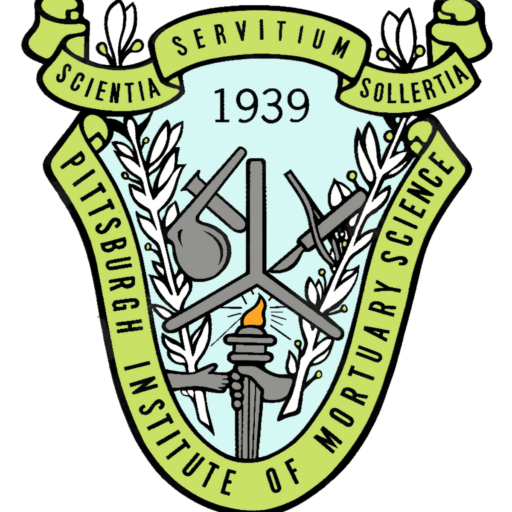Like all industries, the mortuary science industry has had its own evolution of technology and trends. At PIMS, we are proud to say that we stay up-to-date with these trends for our embalming and restorative art programs so our students can work with the latest technology.
Let’s take a look at the trends and changes the industry has gone through over the years, and what to expect in the coming years.
The Birth of Embalming
During the Civil War, both soldiers and their families wanted to ensure that they were buried on their home soil with a proper funeral. In most cases, these bodies had a long and hot train ride to their homes, so this is when they discovered that embalming the bodies was the best solution.
Despite the invention of embalming occurring during the Civil War, it wasn’t practiced on the general population. This was until Abraham Lincoln’s death in 1865. The president was popular among the people, so his body was taken on a two-week long funeral procession from Washington, D.C., to Springfield Illinois, which was his final resting place.
Many Americans had never seen an embalmed body until this time, and the fact that he was preserved so well really left its mark. From there, embalming of the dead became a common practice.
Environmentally Friendly Alternatives
As our society becomes more environmentally conscious, we are looking for ways to bring sustainability to the funeral industry. Some of these sustainability options include:
- “Green” burials, meaning all materials used for the burial are nontoxic and biodegradable
- Mixing the deceased’s ashes with a tree
- Use of embalming fluids made without formaldehyde
- Water cremation, in which heated alkaline fluid is used to break down the body rather as opposed to the usual cremation process
- Human composting, in which bodily remains are turned into soil in a very unique process from the usual composting we are used to
These sustainable alternatives may not be for everyone, and in fact, human composting is only legal in California, Colorado, Nevada, New York, Oregon, Vermont, and Washington.
Other states are working to legalize human composting, which means it is likely that we will see a trend in this kind of burial, as well as other sustainable alternatives.
The Impact of Technology
In the digital age, every industry has been impacted by technology, and the mortuary science field is no exception. Much of the utilization of technology has come in the form of data entry. Funeral homes use technology for case entry, creation of contract, and other computer administration.
Technology also became extremely useful during the COVID-19 pandemic. Many loved ones of the deceased couldn’t come to services in person, leading to an increase in remote streaming of funeral services. This has been useful even outside of the former pandemic protocols, as mourners from across the country can see the services of their loved one.
Technology Utilization in the Future
With the increase of streamed funeral services, it has some companies wondering how else technology can be used in the future. One such company is GoodTrust, which allows people to protect their physical and digital assets in one plan. Another company is called Everydays, which allows users to begin planning financially for their death at any time.
These two companies are just an example of what tech companies could provide for the mortuary science industry in the future. We might even see an increase of purchasing caskets and other funeral-related products online.
Final Thoughts
Surprisingly, the mortuary science industry stayed the same for a long time, but it seems that with the help of technology, the industry will face many changes in the future.








